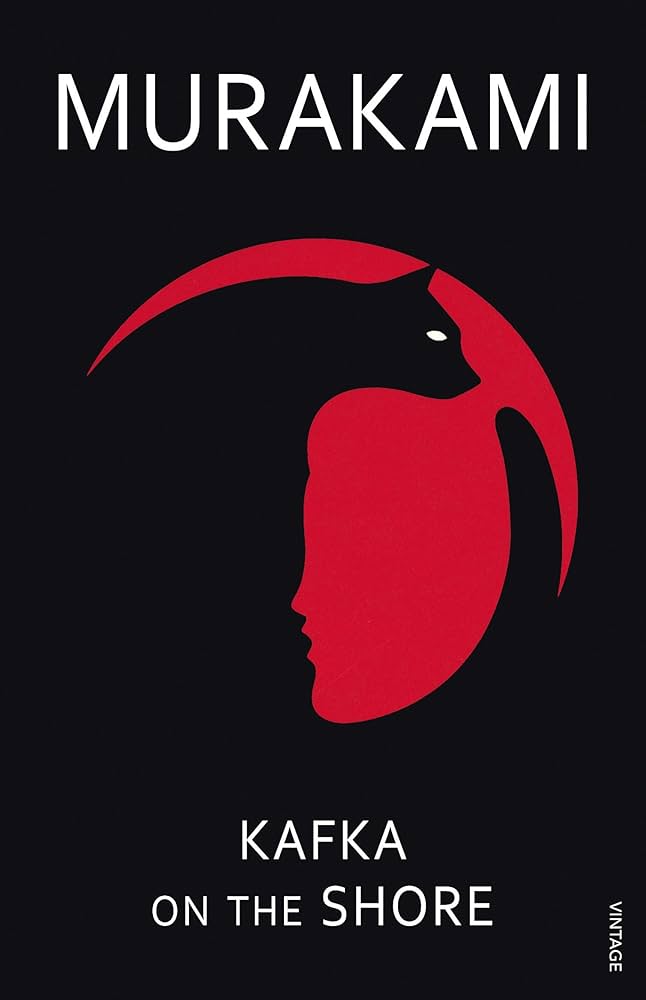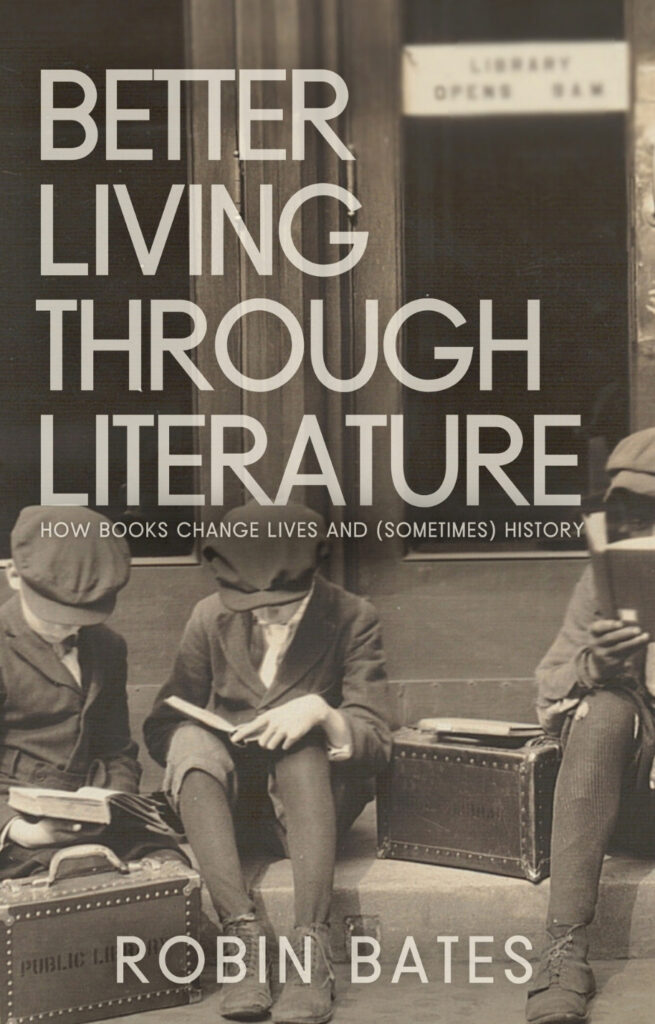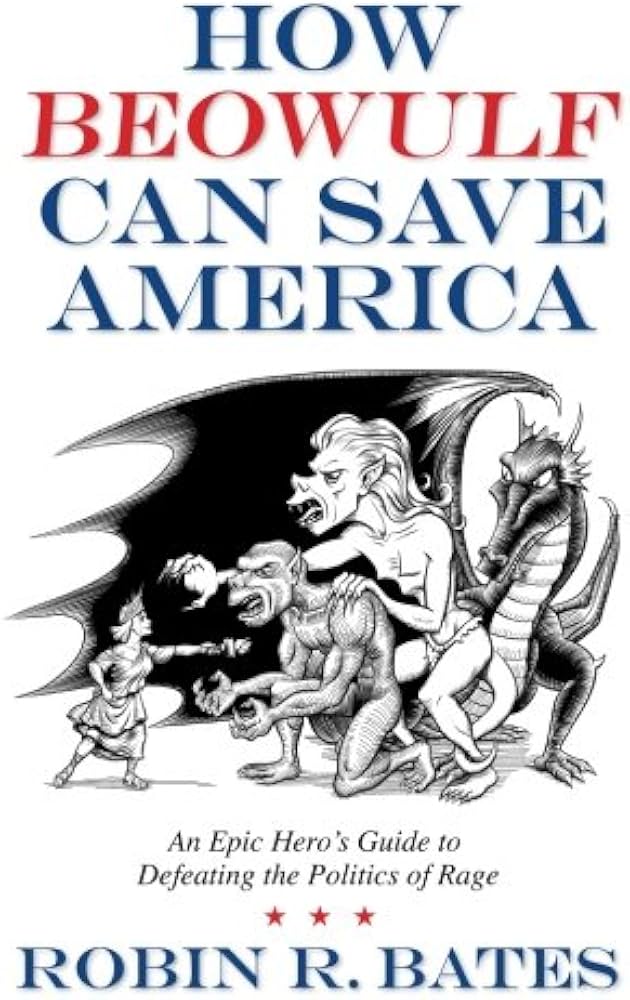Note: If you wish to receive, via e-mail, (1) my weekly newsletter or (2) daily copies of these posts, write to me at rrbates1951@gmail.com. Comments may also be sent to this address. I promise not to share your e-mail with anyone. To unsubscribe, write here as well.
Tuesday
I’ve been rereading some of my favorite Haruki Murakami novels, which serve as my comfort food, and am struck this time by the undercurrent of sadism that the author uncovers in Japanese society. (Some comfort, huh?) In 1Q84 there is child rape, in Wind-Up Bird Chronicle one reads about the atrocities committed by the Soviets and Japanese alike in Manchuria, and in Kafka on the Shore there’s an excruciating scene in which we watch a man torture cats. (Check out my previous post on toxic masculinity in Kafka on the Shore.)
It’s not only in Japan where one finds such sadism. As I watched our Secretary of Homeland Security call for the overthrow of California’s elected leaders, I thought of how last year she proudly announced shooting her dog Cricket.
Since becoming DHS secretary, Kristi Noem has continued her performance sadism. This past March she posed for photos of herself at CECOT, the Salvadoran concentration camp, with prisoners prominently featured behind bars in the background. Then, in her Friday press conference, she channeled Trumpian fascist fantasies. “We are not going away,” she said after Trump had called in the California National Guard and the Marines to handle the non-riots in Los Angeles. “We are staying here to liberate this city from the socialist and burdensome leadership that this Governor [Gavin] Newsom and this mayor [Karen Bass] placed on this country and what they have tried to insert into this city.”
These remarks, essentially a call for a coup, were overshadowed by the handcuffing of California’s senior senator Alex Padilla when he attempted to ask a question. But they grow out of this administration’s ramped up rhetoric, including Donald Trump inciting soldiers to boo Newsom and Bass in a recent speech at a military base.
With Kafka on the Shore in mind, however, today I focus more on the sadism than the threats of a military coup. As I see it, sadism lies at the heart of the Trumpian project. For those who equate being American with being white, the fear of being “replaced” (as American fascists put it) can generate fantasies of inflicting violence on others. By announcing the shooting of Cricket, Noem signaled to Trump and the MAGA faithful that she was willing to override a soft heart and do what must be done to the enemy.
There’s a scene in the Bertolucci movie 1900 where Don Sutherland, playing the role of a Mussolini Black Shirt, picks up a cat, says, “Communists are smart. They play on your human feelings. They’re like this little pussycat,” and then hangs the animal with his belt. The action helps cement his leadership over the wannabe fascists in the room.
Kafka Tamura is a 15-year-old boy who has run away from his father, a well-known sculptor, because he fears that that he will “change into something I shouldn’t.” As he explains it, “I felt like if I stayed there I’d be damaged beyond repair.” We come to understand why when we see an avatar of his father paralyzing cats and then opening them up with a scalpel, tearing out their still beating hearts, and popping them in his mouth. The action is so horrifying that Mr. Nakata, an otherwise harmless old man who loves cats, succumbs to a spasm of anger and stabs him.
In this magical realist novel, it’s never clear what happens in real life and what is a metaphor. While it is unlikely that Kafka’s father actually kills cats in this way, the action is a metaphor for how he threatens to destroy the hearts of his family members. It is probably the reason why Kafka’s mother runs away from him, taking Kafka’s sister with her, but that leaves Kafka alone and unprotected with the man.
Before he is stabbed, Kafka’s father—whose avatar is the Kentucky whiskey Johnnie Walker icon—explains his project. He is killing these cats
to collect their souls, which I use to create a special kind of flute. And when I blow that flue it’ll let me collect even larger souls. Then I collect larger souls and make an even bigger flute. Perhaps in the end I’ll be able to make a flute so large it’ll rival the universe.
Although ordinary people can’t hear the flute, it is always there, affecting how we experience and interact with the world.
Murakami’s novels are filled with such sadism. Elsewhere in Kafka on the Shore we learn from World War II soldiers how to tear an enemy’s guts out with a bayonet, and we encounter an instance of left-wing student activists torturing and killing an innocent fellow student. In Wind-Up Bird Chronicle, Japanese soldiers are ordered to kill Chinese prisoners with a baseball bat, and we see a Japanese soldier skinned alive in Manchuria. Human depravity seems to have no bounds.
The Trump administration, most notably White House deputy chief of staff for policy Stephen Miller, are testing America’s own bounds with its heartless deportations, rounding up beloved community members and sending people who have committed no crime to concentration camps in El Salvador, South Sudan, and elsewhere. Soul-destroying flute music is becoming the background music for our lives.
In Kafka on the Shore Murakami explores two possible responses to such abominations. The first involves violence. Kafka has an alter-ego, “the boy named Crow,” who at one point encounters the now-dead Johnnie Walker/Kafka’s father in a limbo world and attacks him with Oedipal fury. Rather than succumbing, however, Johnnie Walker only laughs at him, mocking his rage.
This attack is the dark fantasy of an emotionally abused son enacting revenge on his soul-destroying father. But instead of bringing him relief, the attack only increases the inner desolation. In pecking Johnnie Walker to obliteration, Crow discovers he has only created a soul-destroying flute:
Crow tore at the man’s tongue, grabbed it with his beak, and yanked with all his might. It was long and hugely thick, and once it was pulled out from deep within the man’s throat, it squirmed like a gigantic mollusk, forming dark words. Without a tongue, however, not even this man could laugh anymore. He looked like he couldn’t breathe, either, but still he held his sides and shook with soundless laughter. The boy named Crow listened, and this unheard laughter—as vacant and ominous as wind blowing over a far-off desert—never ceased. It sounded, in fact, very much like an otherworldly flute.
This violent response, in other words, replicates the violence of the father, setting off a never-ending cycle. It is because violence begets violence that protesters have been insisting on non-violent resistance to Trump’s fascist ambitions.
The other response, Kafka discovers, is to build a life for oneself through friendship, through love, through literature, music, and art, and through community. In the course of the novel we watch Kafka grow from a confused teenager defined by anger to one with a strong sense of self. By facing up to his inner darkness—it requires courage, discipline, and honest self-reflection to do so—he finds inner peace.
From this new starting point, he decides to return home to complete his schooling. And although, as he tells his alter-ego Crow during the bus ride home, “I still don’t know anything about life,” Crows points out that he has found guidance. “Look at the painting,” Crow says—the painting is of a boy gazing out to sea—“and listen to the wind.” Because of all he has experienced on his quest, Kafka will figure out what to do by opening his mind and his senses.
As a result (in the words of Milton), the future lies all before Kafka. Or to turn to the novel’s closing passage,
“You’d better get some sleep,” the boy named Crow says. “When you wake up, you’ll be part of a brand-new world.”
You finally fall asleep. And when you wake up, it’s true.
You are part of a brand-new world.
One other thought. Kafka is one of two protagonists in the novel, the other being Mr. Nakata. Nakata, who has had his mind emptied by an unexplained event involving an American airplane during World War II, functions as Kafka’s shadow side. After he kills Johnnie Walker, Mr. Nakata too sets out on a journey, in his case to find “the entrance stone.” In the process, he picks up a disciple, a tough truck driver, who sees in Mr. Nakata his beloved grandfather and helps him complete his quest.
This quest is a version of Kafka’s journey. The entrance stone, it turns out, leads to the unconscious, the home of the repressed anger and fear that lead to violence. This inner turmoil Murakami has traced to World War II, and by revisiting that era and facing up to it, Japan can transcend the urge toward sadistic violence that seethes beneath its surface.
Murakami has been somewhat controversial for how he reminds Japan of parts of its history it would prefer to forget. (This is also one reason he is popular with Japanese youth.) Many older Japanese would especially like to ignore the invasion of Manchuria, which is explored in Wind-Up Bird. Only by returning to the scene of the crime, however, can the country find peace.
In Kafka on the Shore Hoshino, the truck driver disciple finds the inner strength to kill the ugliness that dwells within the Japanese unconscious. As an ugly worm emerges from the now-dead Nakata’s mouth, seeking the entrance, Hoshino manages to overturn the stone, which has grown immensely heavy. After this, he is able to destroy the now aimless beast.
Linking up with Mr. Nakata enables Hoshino to find meaning in what has heretofore been a self-absorbed life. He rethinks his previous relationships with women and finds a new passion in the music of Beethoven.
America has been fairly good in recent years at revisiting its own past sins and has benefitted through a Renaissance where formerly oppressed groups have been able to follow their dreams and live up to their potential in unprecedented ways. The movement has also awakened us to the past so that the study of history has seldom been as vibrant as it is today.
Unfortunately, there are enough people who are threatened by this great awakening to take repressive measures in response, including electing a reactionary president. They want to pretend what we have learned about America’s history never happened, turning the positive word “woke” into a curse word. (Is it better to be asleep?) Sadism is integrally linked with the attempted erasure.
Murakami shows us the cost we pay when we yield to our fear and anger. He also, however, leads us to a healthy response through his magical realist plots. Maybe that’s why I find comfort in rereading him these days.


